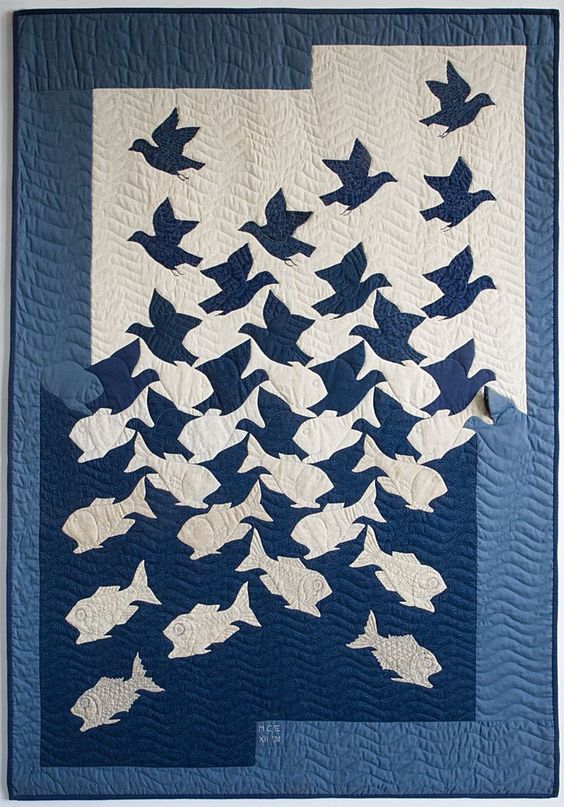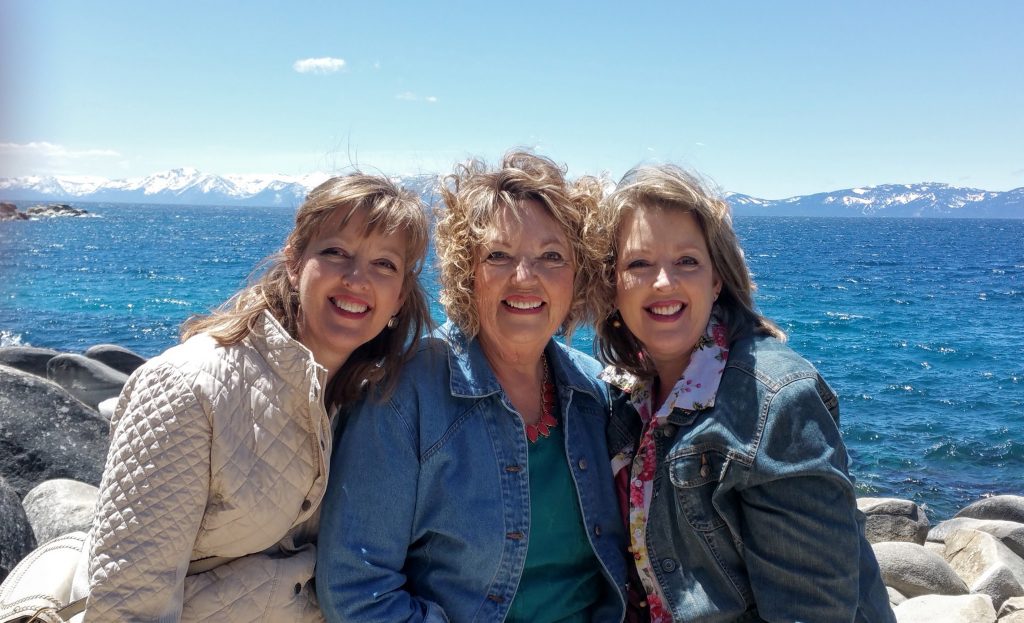Yes, I’m dyslexic. So is my son, sister, brother, and other family members. Where I’m more on the moderate to mild end, my brother and son tip toward the moderate to severe end of the dyslexia scale. Dyslexia is genetic and it has been estimated that 15% of Americans are affected by it.
What is Dyslexia? The Mayo Clinic defines,
“Dyslexia is a learning disorder that involves difficulty reading due to problems identifying speech sounds and learning how they relate to letters and words (decoding). Also called reading disability, dyslexia affects areas of the brain that process language.”
Also from the Mayo Clinic, some common dyslexia signs and symptoms in teens and adults include:
- Difficulty reading, including reading aloud
- Problems spelling
- Mispronouncing names or words, or problems retrieving words
- Spending an unusually long time completing tasks that involve reading or writing
- Difficulty summarizing a story
- Trouble learning a foreign language
- Difficulty memorizing
- Difficulty doing math problems

Bummer man. What they don’t tell you is that a huge number dyslexic adults that grew up in the US educational system, believed they were stupid. Yet, dyslexic people are just as intelligent as the non-dyslexics. Dyslexic’s brains are just wired differently. I’ve been reading a lot about dyslexia lately and have found numerous articles online about the BENEFITS and the GIFTS of dyslexia. Yes!
Did you know dyslexics have a spatial genius, an ability to see patterns, and take in a whole scene far quicker than “normal” learners? In The Upside of Dyslexia by Annie Murphy Paul she wrote,
“in some situations, it turns out, those with dyslexia are actually the superior learners.”
Wow. Feeling a little validated there. Thanks Annie.
I’ve had many students that are thrilled at their ability to excel in quilting, confess to me they always thought they were stupid because they couldn’t excel in school. Taking a quilt class was a huge personal risk because of their academic history. The more students I met, the more I found students with dyslexia. I was quite surprised that dyslexia only affected 15% of Americans. It felt that I had at least 30% in my classes.
Annie Murphy Paul also wrote, that although people with dyslexia are found in every profession, including law, medicine and science, observers have long noted that they populate fields like art and design in unusually high numbers.
Ah hah!! That’s is why my classes seems high in dyslexic quilters. We’re artists!

If you’re a dyslexic quilter, you rely more on the diagrams than the written word. If the instructions are written, read them a couple times, even out loud. It will help. Or get your non-dyslexic quilting friend to help you figure out the instructions.
If you’re a non-dyslexic quilter, grab a dyslexic quilting friend when you’re laying out your blocks. She’ll be able to see the ones upside down or to help spread out the color placement of your blocks.
If you are one of those dyslexic adults that fear failing or cringe at the thought of critical teachers because of your scholastic history, shrug that off and take a class. Check out my class list here and check out the classes available at your local quilt shop. Remember, in some situations, it turns out dyslexics are the superior learners!

Absewlutely!
Lisa
